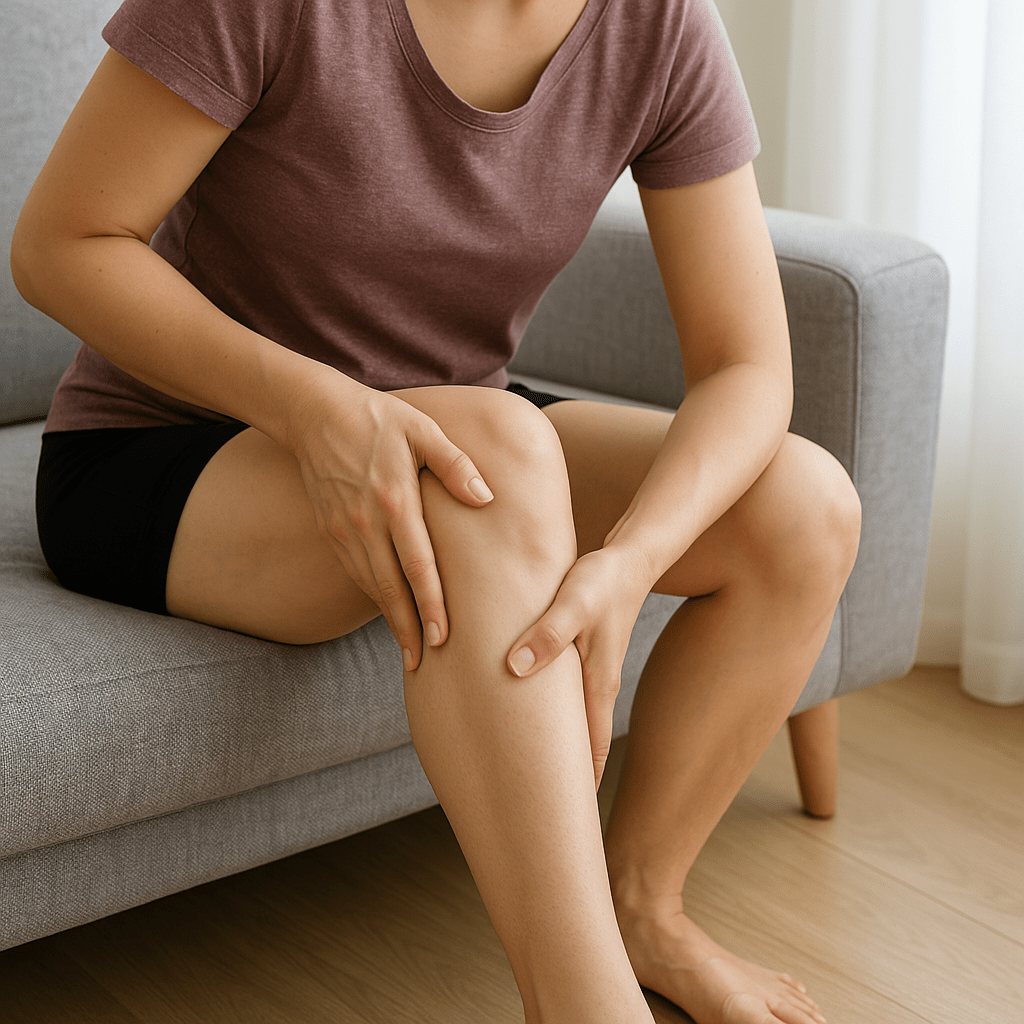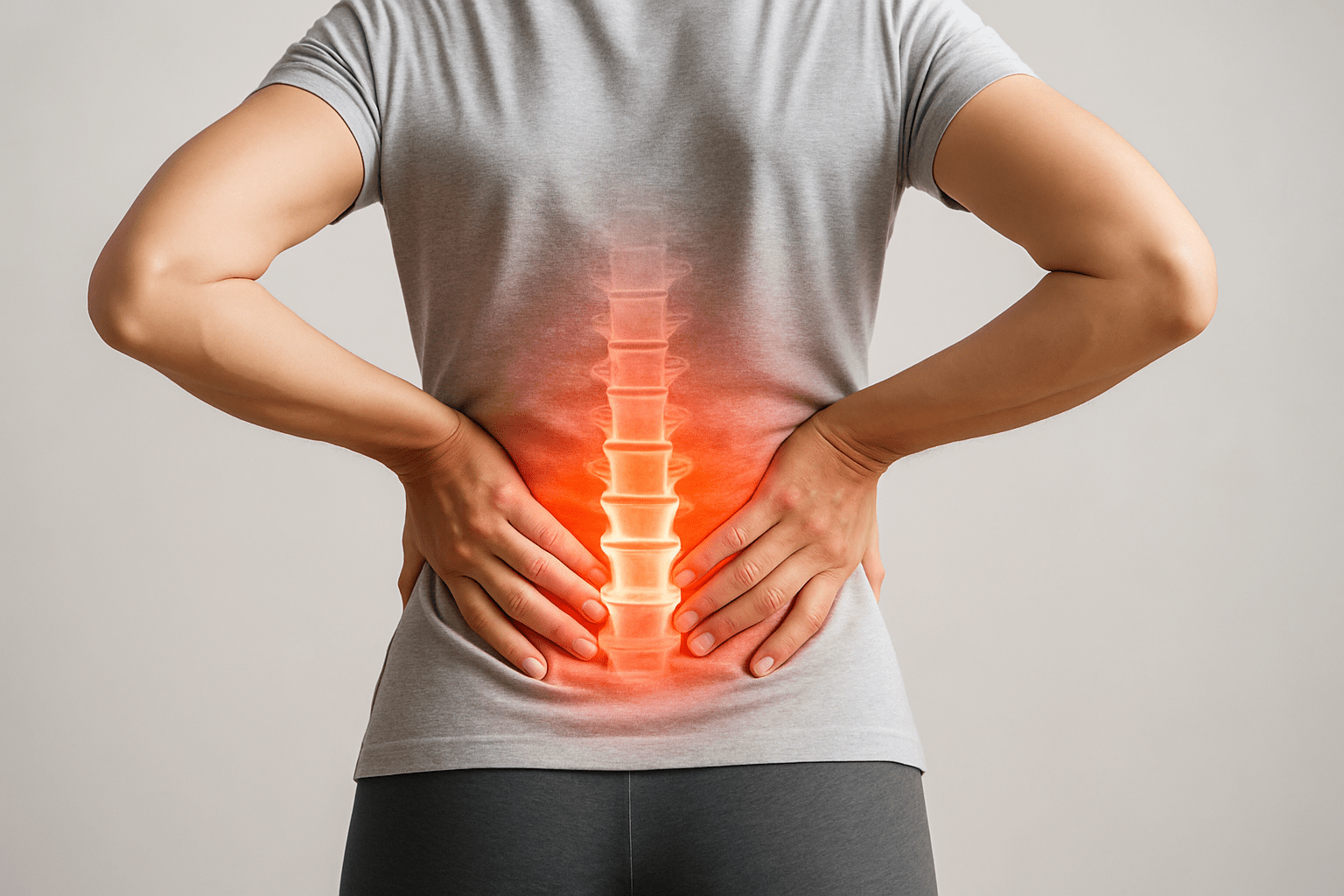Preventing thrombosis with massages - a way to a healthier life
Imagine if you could simply reduce your risk of one of the most common diseases of our time - with something as pleasant as a massage. Lack of exercise and poor diet are responsible for the majority of ailments in society as a whole, and thrombosis is also a major contributory factor. In Germany alone, just over 370,000 people are affected by thrombosis every year, which is the cause of around 40,000 deaths from embolisms. These figures underline the importance of preventive measures. This makes it all the more interesting that something as simple as a massage is not only relaxing, but is actually an effective way of preventing thrombosis. ...


Imagine if you could simply reduce your risk of one of the most common diseases of our time - with something as pleasant as a massage. Lack of exercise and poor diet are responsible for the majority of ailments in society as a whole, and thrombosis is also a major contributory factor. In Germany alone, just over 370,000 people are affected by thrombosis every year, which is the cause of around 40,000 deaths from embolisms. These figures underline the importance of preventive measures.
All the more interesting that something as simple as a massage not only has a relaxing effect, but is actually an effective means of preventing thrombosis.
Reading tip: In our article "From head to toe, massages help here" you will get a comprehensive insight into how diverse massages are.
However, this article will focus on the dangers and causes of thrombosis. In particular, we would like to look at how you can reduce the risk of thrombosis in a natural way.
Development, risk factors and symptoms of blood clots
A thrombosis occurs when a blood clot forms in the blood vessels, usually in the leg veins. This clot can obstruct or even block the blood flow, which can lead to serious complications such as pulmonary embolism.
The insidious thing is that thrombosis can manifest itself through various symptoms that are often difficult to recognize. Typical signs are
- Swellings
- Pain or a feeling of tension in one leg
- Redness or warming of the affected area.
These first signs are due to the onset of blood congestion in the veins and should be taken seriously, especially if they occur suddenly or in combination. They may already indicate a potentially dangerous blockage in the blood vessels. If several of them occur at the same time and there are other risk factors, a doctor should be consulted immediately.
There are many risk factors for the development of thromboses: prolonged sitting, such as during office work or on long flights, but also factors such as smoking, obesity or certain diseases such as heart failure, diabetes or blood clotting disorders. It is therefore obvious that preventive measures against thrombosis are important. But how can an everyday activity such as a massage help?
Reading tip: Swelling and pain, as well as redness and warmth, also occur with rheumatic diseases. You can find out more in our article on rheumatic pain.
Preventive measures: How massages and a healthy lifestyle support your blood flow
Massages not only provide a moment of relaxation for body and soul, they are also an effective tool for promoting your health. By improving blood circulation, they help to reduce the risk of blood clots. Targeted pressure and movements relax the muscles, which supports improved blood circulation in the veins.
Both professional massages and regular self-massages can make a significant difference to your well-being. The principle behind this is simple: by stimulating movement and varying blood flow in the blood vessels, the risk of blockages, i.e. thrombosis, is minimized.
Massages also offer many benefits for the prevention of illness. They not only promote muscle health and thus blood circulation, but also help to reduce stress. The flexibility and adaptability of different massage techniques make it possible to tailor a treatment to your individual needs, making massages a versatile and effective part of thrombosis prevention.
In a way, massages simulate movements and also stimulate the lymph- and blood system. Effects that are also achieved through an active lifestyle. This confirms once again that exercise is an essential pillar in health matters. Even when it comes to thrombosis.
Exercise as a central component of thrombosis prevention

Unsurprisingly, exercise also has an extremely positive effect on thrombosis prevention and can help to prevent thrombosis. Regular physical activity not only actively supports blood circulation, but also helps to strengthen and therefore improve the health of your veins.
When you move, you activate the so-called muscle pump in your legs - a mechanism in which the muscles contract and relax rhythmically. This movement helps to pump the blood effectively through the veins back to the heart, preventing blood from stagnating in the leg veins and forming blood clots.
Moreover, regular exercise not only strengthens the vein walls, but also promotes general blood circulation. Exercises that strengthen your leg muscles, such as walking, jogging or cycling, are particularly effective.
The importance of venous gymnastics
Venous gymnastics is part of the preventive strategy through exercise. It is particularly important for you if you have an increased risk of thrombosis. This is indicated by varicose veins or previous venous thrombosis, among other things. Simple, but effective exercises strengthen your foot and leg muscles and thus improve blood circulation in your veins. These exercises can be easily integrated into your daily routine and help to reduce evening heaviness and swelling in your legs.
Right, where there is sport and exercise, nutrition is usually not far away.
Hydration and nutrition - important pillars of thrombosis prevention
As simple as it sounds, sufficient fluid intake and a balanced diet already help to prevent blood clots. They help to keep your blood flowing and reduce the risk of thrombosis. It's no secret that a balanced diet helps to keep your blood healthy and strengthen your blood vessels. At the same time, it helps to avoid obesity, another risk factor for thrombosis.
Underestimated factors in thrombosis prevention: Rest and sleep
Sufficient sleep can also minimize the risk of thrombosis. Why? Good sleep supports the regeneration of the body and helps to reduce stress hormones that can affect blood clotting. A regular, restful sleep cycle helps to maintain healthy blood circulation. As you may already have guessed, stress should also be actively avoided.
Stress management - a key to health
Stress is a known risk factor for many health problems, including thrombosis. Managing stress through relaxation techniques, meditation or yoga can therefore also help to actively reduce the risk of the disease. These practices not only promote relaxation, but also strengthen your cardiovascular system.
Medication to prevent thrombosis
The prevention of thrombosis requires a holistic approach. In addition to massages, sufficient exercise, a healthy diet and adequate sleep and relaxation, drug therapy should not go unmentioned. Blood thinners can be a preventive measure for people at high risk of thrombosis.
These medications reduce the risk of clot formation. However, it is crucial to discuss the individual risk and possible side effects with a doctor to ensure a safe and effective prevention strategy.
Can a thrombosis be massaged?
Unfortunately, despite all measures, the risk of thrombosis can never be completely ruled out. If a thrombosis occurs, you should therefore always seek medical advice and not carry out treatment on your own.
Massaging an existing thrombosis is generally not a recommended practice and can be dangerous. While preventive massages promote blood circulation, there is a risk that the blood clot will break free and lead to life-threatening complications if there is an existing thrombosis.
Proactive healthcare: your key to preventing thrombosis
A proactive approach to preventive healthcare encompasses many different factors. Regular health checks help to identify risk factors at an early stage and coordinate necessary measures with your doctor. A healthy lifestyle that includes exercise, a balanced diet, adequate fluid intake and sleep as well as effective stress management is key to preventing thrombosis.
Take your health into your own hands and support it with a mindful lifestyle, accompanied by soothing, regular massages.

Co-founder and Managing Director of Massage Chair World. With his expert knowledge and industry expertise, he helps private individuals and companies to find the right massage chairs for relaxation, health and vitality. The individual expert advice is provided both by telephone or video chat, as well as in the exhibition outside Stuttgart.




